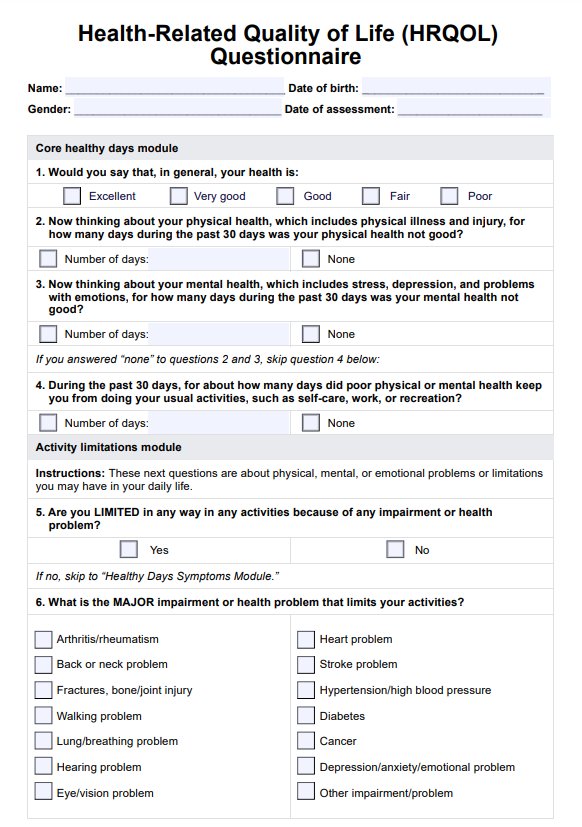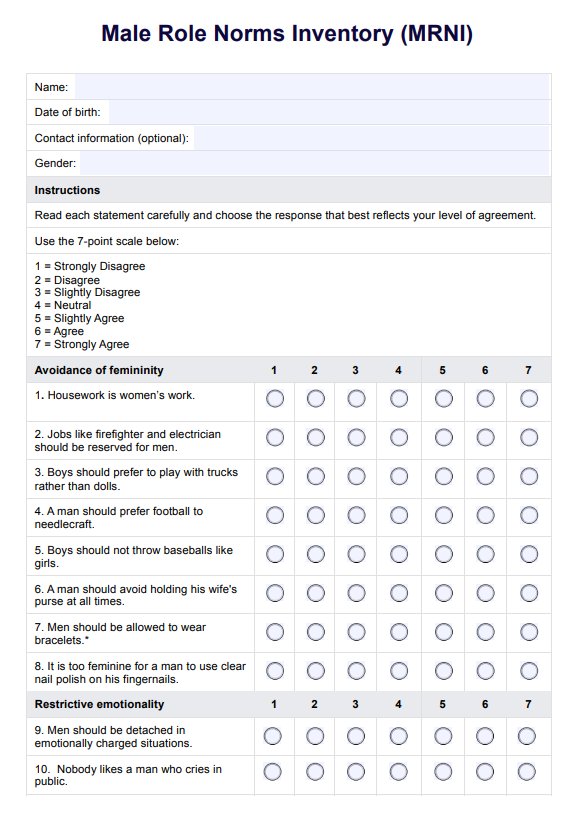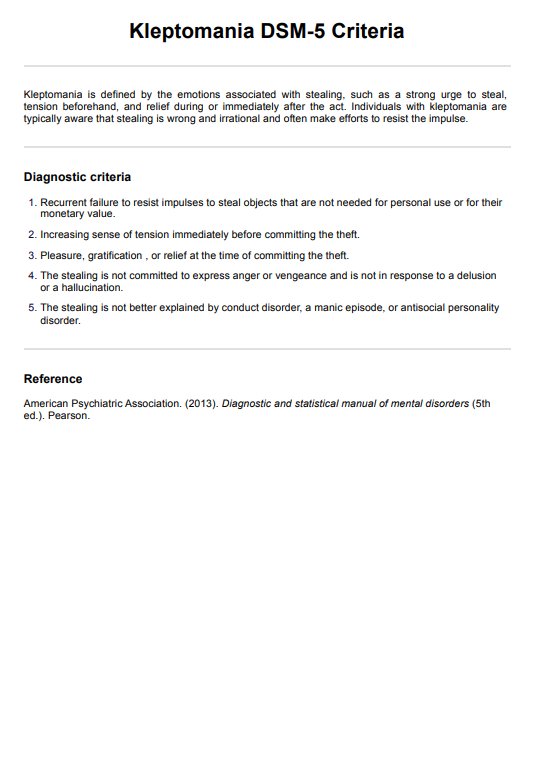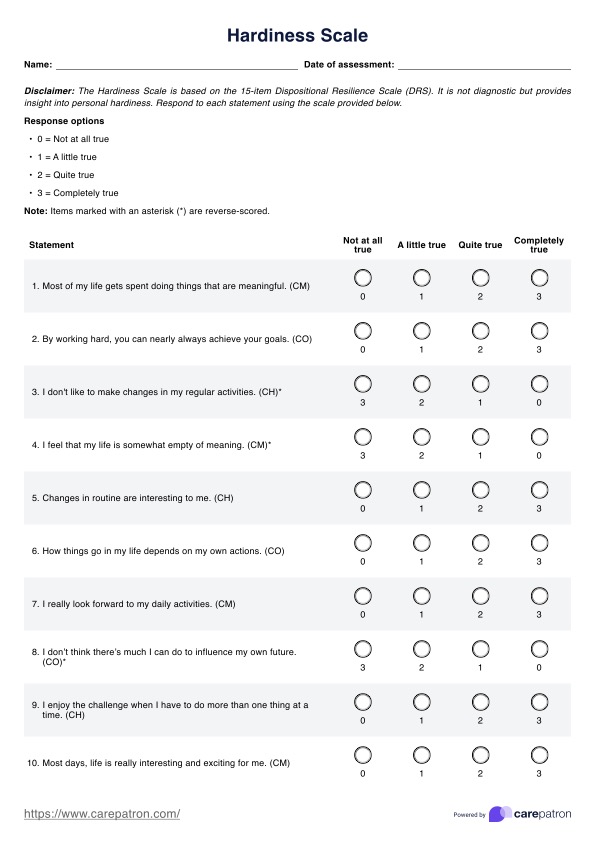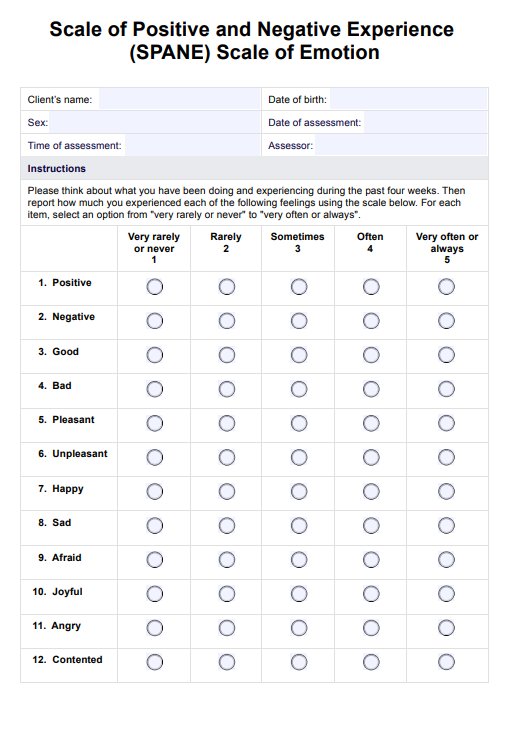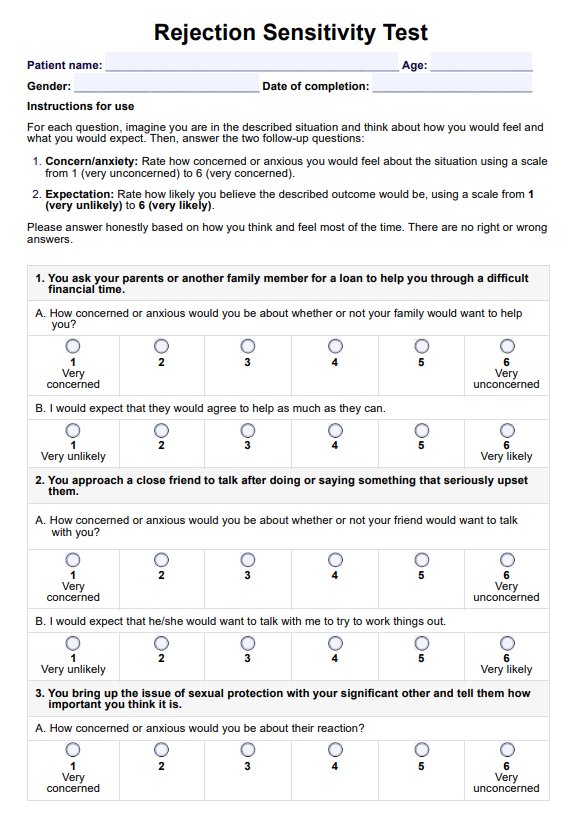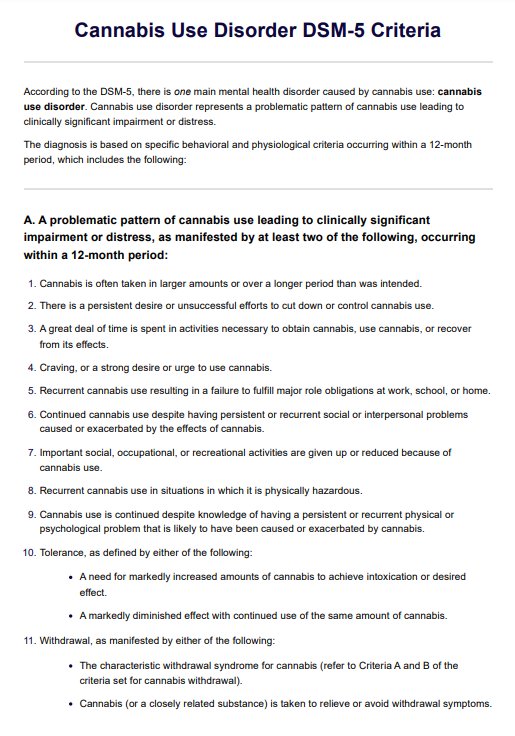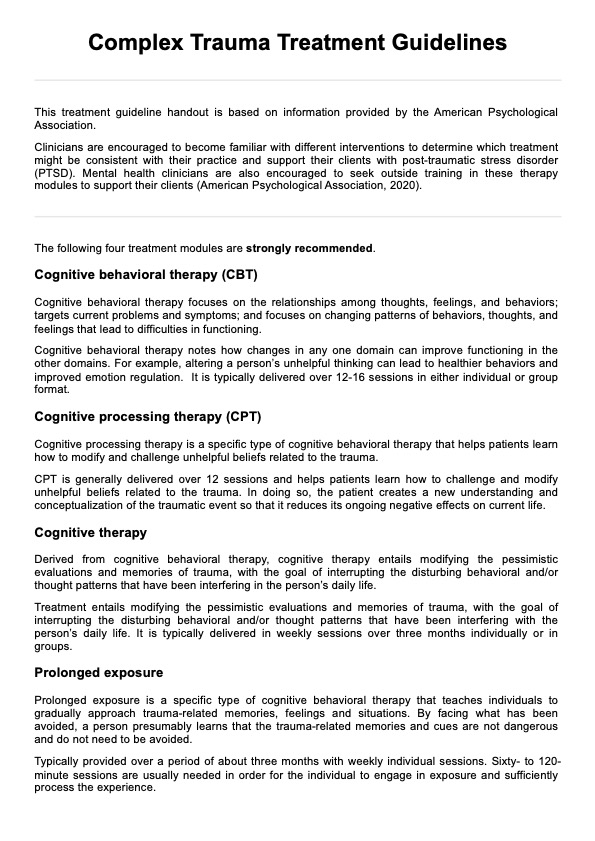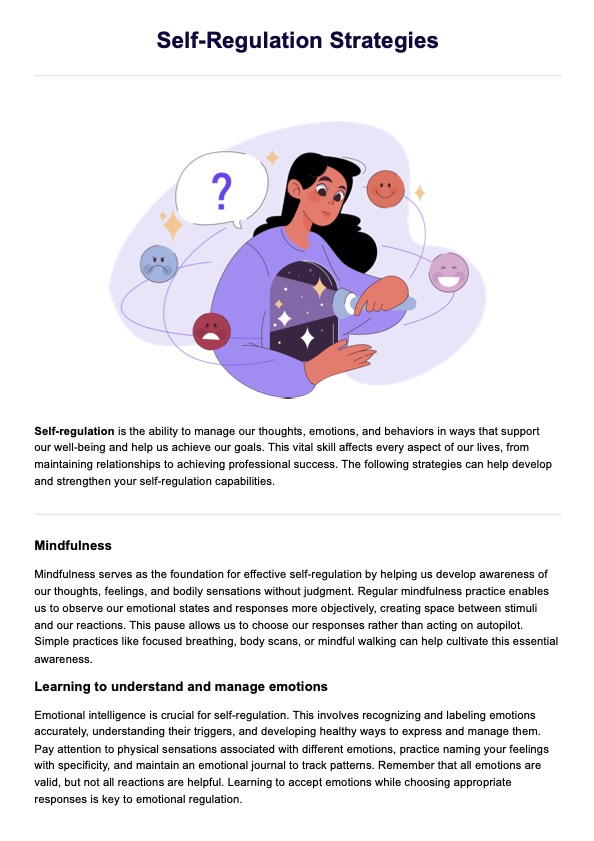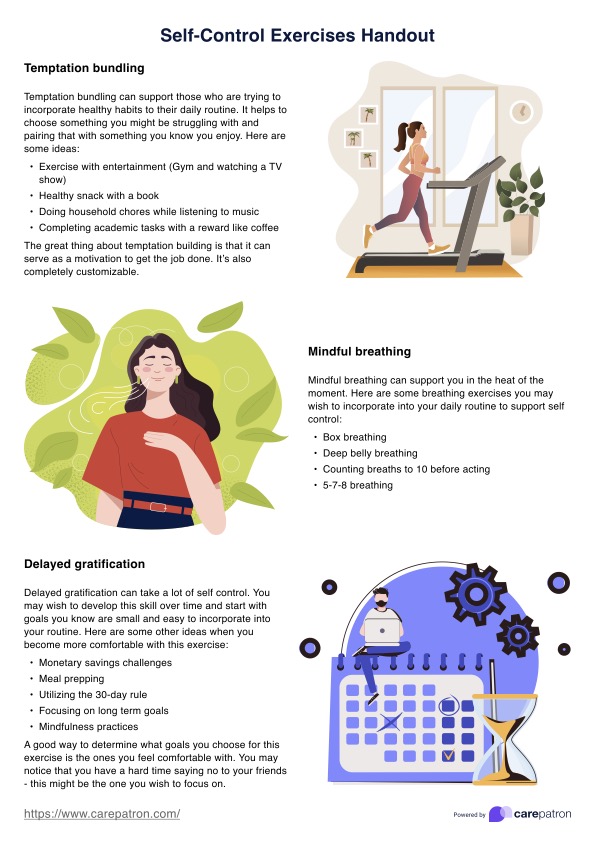Romantic Orientation Test
Learn about various examples of romantic orientations and how the Romantic Orientation Test works. Download a free PDF example and explore the benefits.


What is romantic orientation?
Romantic orientation is a fundamental aspect of human identity, describing whom an individual is romantically attracted to. It can differ from sexual orientation, which pertains to whom an individual is sexually attracted to. Understanding your romantic orientation is crucial for fostering fulfilling relationships and self-awareness.
Recognizing your romantic orientation aids in navigating personal relationships and can enhance emotional well-being. It allows individuals to understand their preferences in romantic attraction beyond just sexual attraction, offering a more comprehensive view of personal identity.
While sexual orientation focuses on sexual attraction, romantic orientation zeroes in on emotional and romantic attraction; one might feel sexually attracted to one gender but romantically attracted to another, showcasing the distinction between the two concepts.
Romantic Orientation Test Template
Romantic Orientation Test Example
What are examples of romantic orientations?
Here are various examples of romantic orientations:
- Heteroromantic: Individuals who identify as heteroromantic feel romantic attraction exclusively to people of the opposite gender. This means developing romantic feelings, such as crushes or desires for romantic relationships, with someone of a different gender than themselves.
- Homoromantic: Homoromantic individuals experience romantic attraction solely to people of the same gender. This encompasses romantic emotions and connections with someone sharing the same gender identity.
- Biromantic: Biromantic people find themselves romantically attracted to two or more genders. This orientation reflects the capacity to form romantic bonds with individuals of different genders, transcending the binary framework of gender.
- Panromantic: Panromantic individuals can experience romantic attraction towards people of any gender identity. Their romantic attraction is not limited by gender, meaning they can feel romantically drawn to someone, irrespective of the person's gender.
- Aromantic: Individuals do not experience romantic attraction towards people of any gender. This does not necessarily mean they lack emotional connections but do not seek romantic relationships.
- Demiromantic: People only experience romantic attraction after forming a strong emotional connection with someone. This means romantic feelings do not arise at first sight but develop over time as the emotional bond deepens.
How does our Romantic Orientation Test work?
Step 1: Introduction to the test
Begin by introducing the test's purpose, explaining that it's designed to help individuals explore and understand their romantic preferences.
Step 2: Self-reflection
The test starts with self-reflection questions to understand the individual's past romantic experiences and feelings. Questions may include topics about the nature of past crushes, the gender of people they've been attracted to, and the circumstances under which they've formed romantic connections.
Step 3: Scenario-based questions
Following the self-reflection section, participants answer scenario-based questions. These hypothetical situations help identify potential romantic attractions in diverse contexts, further clarifying the participant's romantic orientation.
Step 4: Emotional response analysis
This section focuses on emotional responses to various romantic situations. Participants are asked how they would feel or react in specific scenarios involving different genders, helping to uncover underlying romantic inclinations.
Step 5: Results compilation
Once the questionnaire is completed, the answers are compiled and analyzed to provide insights into the participant's romantic orientation. This analysis is based on patterns of attraction identified through their responses.
Step 6: Result interpretation and guidance
The final step offers an interpretation of the test results. Participants receive an overview of their potential romantic orientation and guidance on further understanding and exploring these feelings. This section also emphasizes the fluidity of romantic orientation and encourages an open-minded approach to personal identity.
What are the benefits of taking this test?
Taking the Romantic Orientation Test offers a range of benefits that can significantly contribute to an individual's journey of self-discovery and personal growth. Here's an elaboration on these benefits:
- Enhanced self-awareness: The test prompts individuals to reflect on their romantic feelings and attractions, leading to a deeper understanding of themselves. This introspection can reveal preferences and orientations that may not have been fully acknowledged or understood.
- Clarification of romantic desires: By identifying one's romantic orientation, individuals can clarify what they seek in romantic relationships. Understanding whether one is heteroromantic, homoromantic, biromantic, panromantic, aromantic, or demiromantic helps clarify the nature of the connections one wishes to pursue.
- Improved relationship dynamics: With a clearer understanding of one's romantic orientation, individuals can communicate their needs and desires more effectively to potential or current partners. This transparency can lead to healthier and more fulfilling relationships.
- Supports inclusivity and understanding: Engaging with the test encourages acknowledging and accepting diverse romantic orientations. This fosters a more inclusive perspective, personally and within the broader community, enhancing empathy and understanding for varied romantic experiences.
- Facilitates community and belonging: For those who may feel isolated or uncertain about their romantic inclinations, identifying their romantic orientation can connect them with others who share similar experiences. This sense of belonging can be invaluable in supporting one's emotional well-being.
- Empowers informed life choices: Understanding one's romantic orientation can influence various life decisions, from choosing a partner to engaging in social activities that align with one's romantic preferences. It empowers individuals to make choices that resonate with their true selves.
- Promotes mental health and well-being: Recognizing and accepting one's romantic orientation is essential to self-acceptance. This acceptance is crucial for mental health, reducing feelings of confusion, isolation, or inadequacy that may arise from unexplored or misunderstood romantic feelings.
- Encourages personal growth: Exploring one's romantic orientation is an opportunity for personal growth. It challenges individuals to confront societal norms and expectations, fostering a stronger sense of self and a more authentic life.
Commonly asked questions
Romantic orientation pertains to the gender(s) to which an individual is romantically attracted, focusing on emotional connections. Sexual orientation, on the other hand, refers to the gender(s) to which an individual is sexually attracted.
Yes, an individual's romantic orientation may differ from their sexual orientation. For example, someone may be romantically attracted to individuals of a different gender while being sexually attracted to individuals of the same gender.
Romantic attraction often involves feelings of emotional connection, affection, and desire to form intimate relationships with another person. You may experience butterflies in your stomach, a longing to spend time with someone, or a desire to nurture and support them emotionally.




















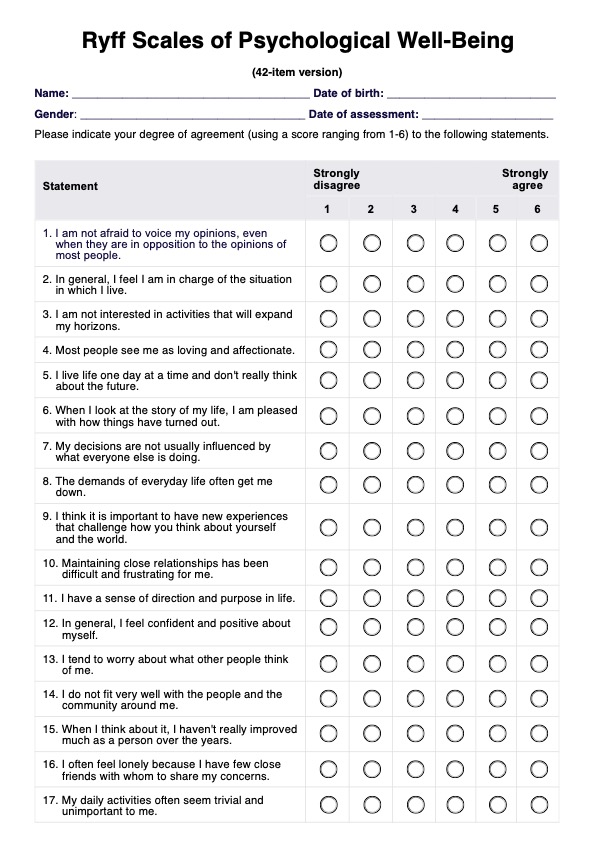
-template.jpg)




